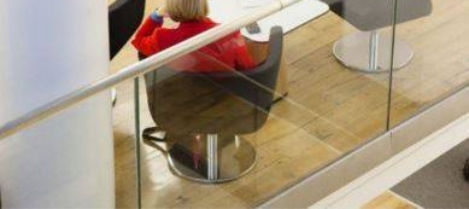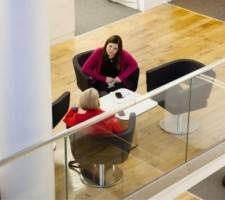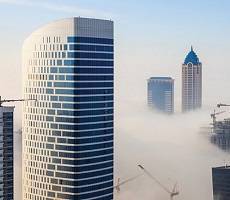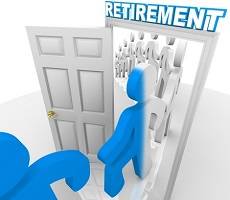February 3, 2016
HR managers must innovate to stay relevant in the evolving workplace 0
 As the workplace moves from the traditional 9-5 model, management needs to adapt accordingly. Facilities managers are already being forced to think outside the box, and now human resources and line managers must do the same. The latest CIPD/Workday HR Outlook leaders’ survey spells out the challenge; that new ways of working and operating is an increasing reality for organisations. Yet while there is general agreement about overall strategic priorities it seems to be less clear to the wider business world how HR professionals will contribute to achieving these. Despite nearly three-quarters (72 percent) of HR leaders saying that their current people strategy will help the organisation achieve its future priorities, just a quarter (26 percent) of other business leaders agree. The CIPD recommends that the profession must look at ways in which it can innovate itself in order to stay relevant and more visibly demonstrate its ‘enabling role’ as the workplace evolves.
As the workplace moves from the traditional 9-5 model, management needs to adapt accordingly. Facilities managers are already being forced to think outside the box, and now human resources and line managers must do the same. The latest CIPD/Workday HR Outlook leaders’ survey spells out the challenge; that new ways of working and operating is an increasing reality for organisations. Yet while there is general agreement about overall strategic priorities it seems to be less clear to the wider business world how HR professionals will contribute to achieving these. Despite nearly three-quarters (72 percent) of HR leaders saying that their current people strategy will help the organisation achieve its future priorities, just a quarter (26 percent) of other business leaders agree. The CIPD recommends that the profession must look at ways in which it can innovate itself in order to stay relevant and more visibly demonstrate its ‘enabling role’ as the workplace evolves.



































February 5, 2016
Embracing the inevitable rise of the robots in the workplace 0
by Gary Chandler • Comment, Flexible working, Technology, Workplace design
(more…)